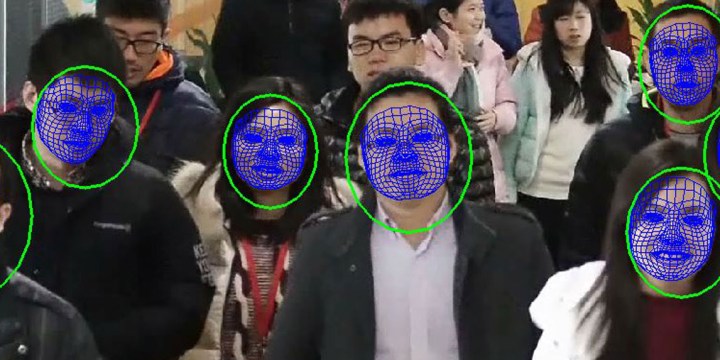
While New York attempts to update its public transportation system to run on time and use mobile tickets, commuters over in Beijing are looking at a range of high tech upgrades. In fact, perhaps too high tech. As per a China Daily report, the Chinese capital of Beijing is now considering the introduction of “bio-recognition technology” to its subway station. This technology would include palm scanners and facial recognition scanners, and would purportedly help increase efficiency and decrease gridlock in key stations during rush hour.
Both technologies could allow passengers to go through ticketing channels and kiosks without having to stop to swipe a card or even a smartphone. In some ways, the proposal seems like an EZ Pass system, but where the EZ Pass tag is replaced by the face or the palm. In order to get through a ticket turnstile, folks could just swipe their palm, and have the ticket fee deducted from a digital account.
Apparently, these palm scanners are already in use in the Shanghai subway system, and are purportedly extremely efficient. Reports suggest that scanned palm images can be compared against a database of palm prints in just seconds. And given that Beijing has 22 urban railways and a daily commuter capacity of 10 million people, getting a more efficient system in place is a top priority. Plus, these technologies could help reduce fare evasion.
That said, the amount of surveillance that both facial recognition and palm scanners would require may make some folks ill at ease, especially considering the Chinese government’s ongoing crackdown on technologies that provide users with uncensored information. However, Chinese citizens are likely more accustomed to surveillance techniques. Already, China’s law enforcement agencies are granted permission to scan faces and vehicle registration plates from outside Beijing in their efforts to cut down on crime. And surveillance is also used for more innocuous purposes — in some of the nation’s fast food restaurants, this technology is used to speed up lines and ordering times.
In any case, we should be seeing the new facial recognition software and palm scanners later this year in Beijing, and will wait to see what effect they have on rush hour in the nation’s capital.


